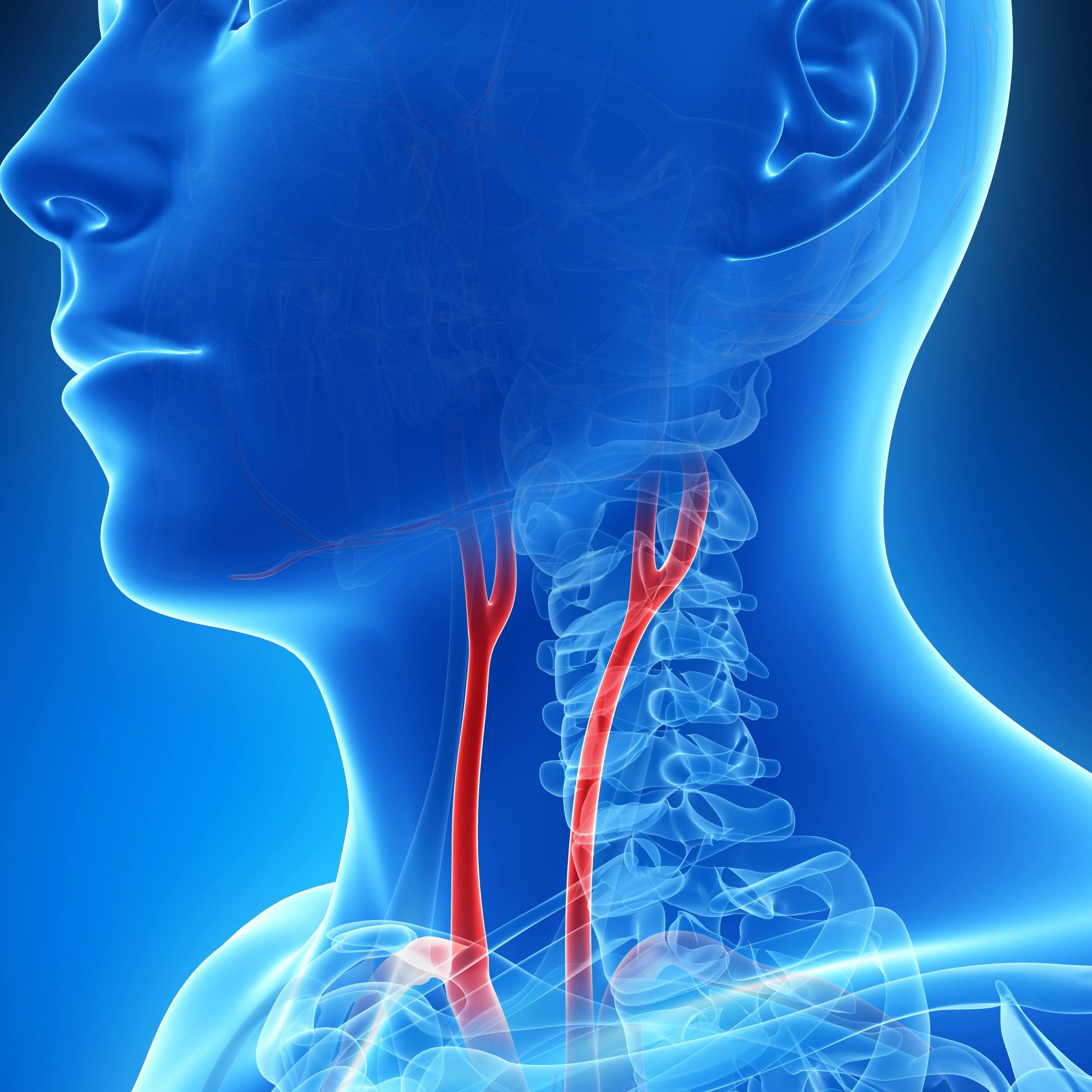-
Uterine microbe found to have disease-causing behavior in endometrial cancer

A tiny microbe thriving in the uterine microbiome — a population of bacteria, viruses, yeasts/fungi in and around the uterus— could be a contributing driver of endometrial cancer, according to a new Mayo Clinic study.
"We have found that a microbe that is particularly associated with endometrial cancer is capable of pathogenic behavior, and is stimulated by one of the main risk factors for the disease — estrogen exposure," explains Marina Walther-Antonio, Ph.D., a researcher within the Mayo Clinic Center for Individualized Medicine who focuses on the human microbiome's role in women's health, in particular gynecologic cancers.
"Our discovery advances our understanding of this microbe and moves us closer to identifying new therapeutic targets," Dr. Walther Antonio says.
The study, published in Frontiers in Microbiology, is the third recent investigation by Dr. Walther Antonio and her team that links the microbiome to endometrial cancer — the most common cancer in women, with nearly 66,000 new cases and nearly 13,000 deaths estimated in 2020. Incidence rates are expected to rise significantly over the next decade, driven by environmental factors, obesity and diabetes.
Zeroing in on a tiny predator
For the study, the multidisciplinary team exposed endometrial cancer cells to the microbe called Porphyromonas somerae, a rod-shaped bacterium nearly 1,000 times smaller than a pin. The microbe was initially discovered in chronic bone and tissue wounds of patients with diabetes.
Given the known associations of the microbe's closest relative to oral cancer, the team hypothesized that Porphyromonas somerae could invade and may play a similar pathogenic role in endometrial cancer via intracellular activity.
"Through multiple lines of investigation, including invasion assays, microscopy, genomic and transcriptomic analysis, we verified that the microbe was capable of disease-causing behavior and would indeed invade the cells," Dr. Walther-Antonio explains.
Dr. Walther Antonio's investigation techniques:
- An invasion test consists of exposing the bacteria to an antibiotic that they are sensitive to while in the presence of host cells.
- A microscopy shows imaging of bacteria attached or inside the host cells.
- Genomic data can reveal if the bacteria has the genes necessary for invasive and virulent behavior.
- Transcriptomic data can disclose if the bacteria are able to express the genes necessary for invasive behavior.
"Profiling single cells allowed us to find the elements of interest with ease," Dr. Walther Antonio says. "This would have been difficult to achieve with population level approaches," she says.
Sex hormones stimulate microbe's growth
Dr. Walther Antonio and her team further determined that exposure to estrogen, a risk factor for endometrial cancer, stimulated the growth of the microbe.
"This is an interesting observation because high levels of exposure to estrogen, from hormonal therapy or obesity, are associated with the development of endometrial cancer," Dr. Walther Antonio says.
In another key discovery, the team determined that the microbe can produce significant amounts of a chemical compound in the body called succinate. When in excess in the host cells, succinate can interfere with normal cellular functioning and accelerate cancer-causing pathways.
"Succinate can disrupt host function, particularly if the bacteria are present inside the host cell," Dr. Walther Antonio says.
Surprise finding revealed
What surprised the team was that any level of estrogen exposure could act as a stimulant.
"We thought that exposure to increasing levels of estrogen would accentuate invasive behavior and production of succinate," Dr. Walther-Antonio says. "What we found instead was that any level of estrogen exposure acts as a stimulant for the bacterial growth and production of succinate. This finding suggests that even low estrogen levels stimulate pathogenic behavior."
On a quest for therapeutic targets
Dr. Walther-Antonio says her overall goal is to use microbiome signatures to predict the development of malignancy and eventually intervene before it materializes.
“We have moved beyond simple association and correlation and into proof of pathogenic behavior," Dr. Walther Antonio says. "This is a significant leap towards understanding the role of the microbe in the disease, and places us one step closer to being able to help our patients.”
Funding: This project was supported by Clinical and Translational Science Awards Grant No. KL2TR002379 from the National Center for Advancing Translational Science This work was also supported, in part, by a career enhancement award from National Institutes of Health grants P50CA136393, U24DK100469, and UL1TR000135.
Related Articles








